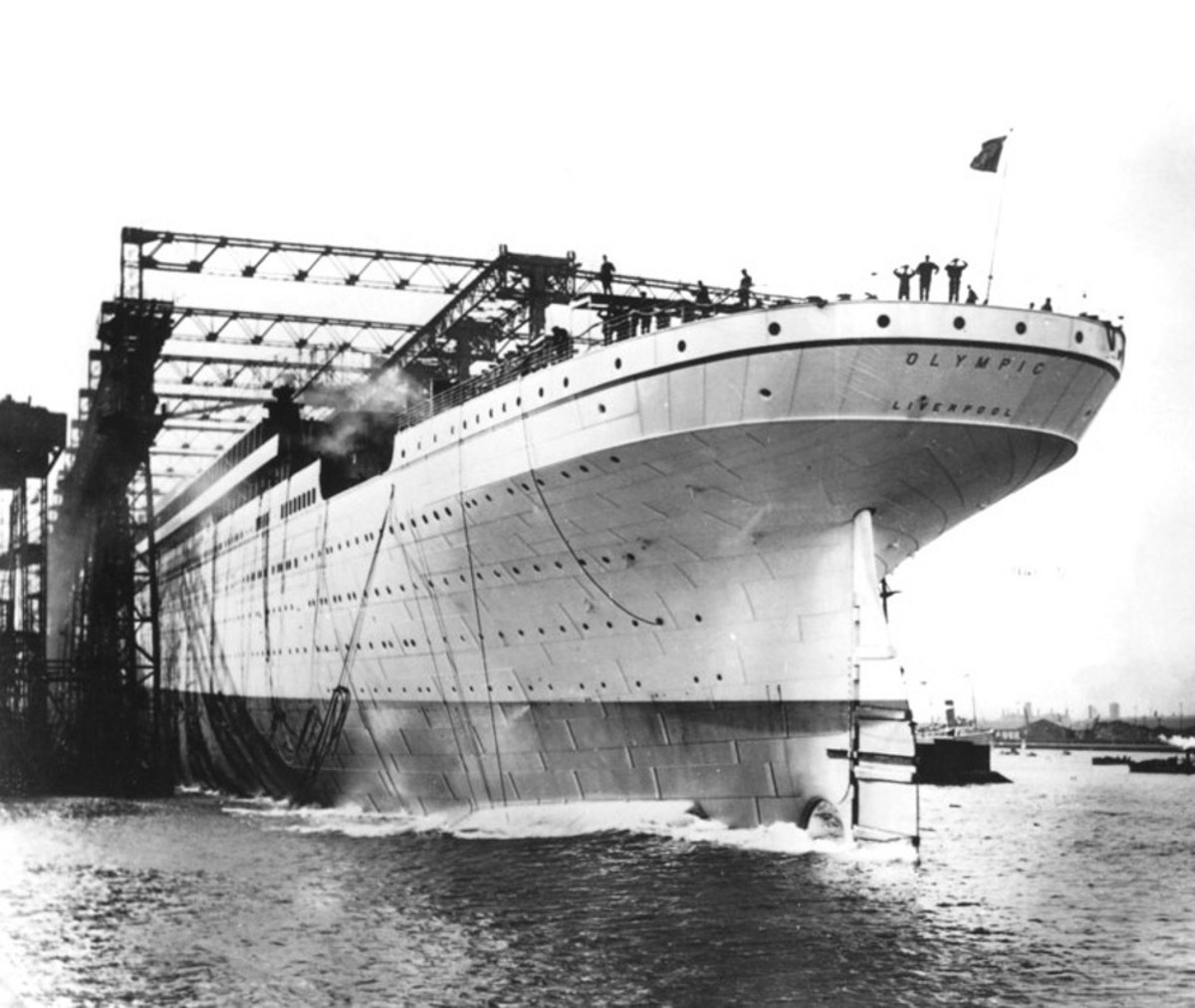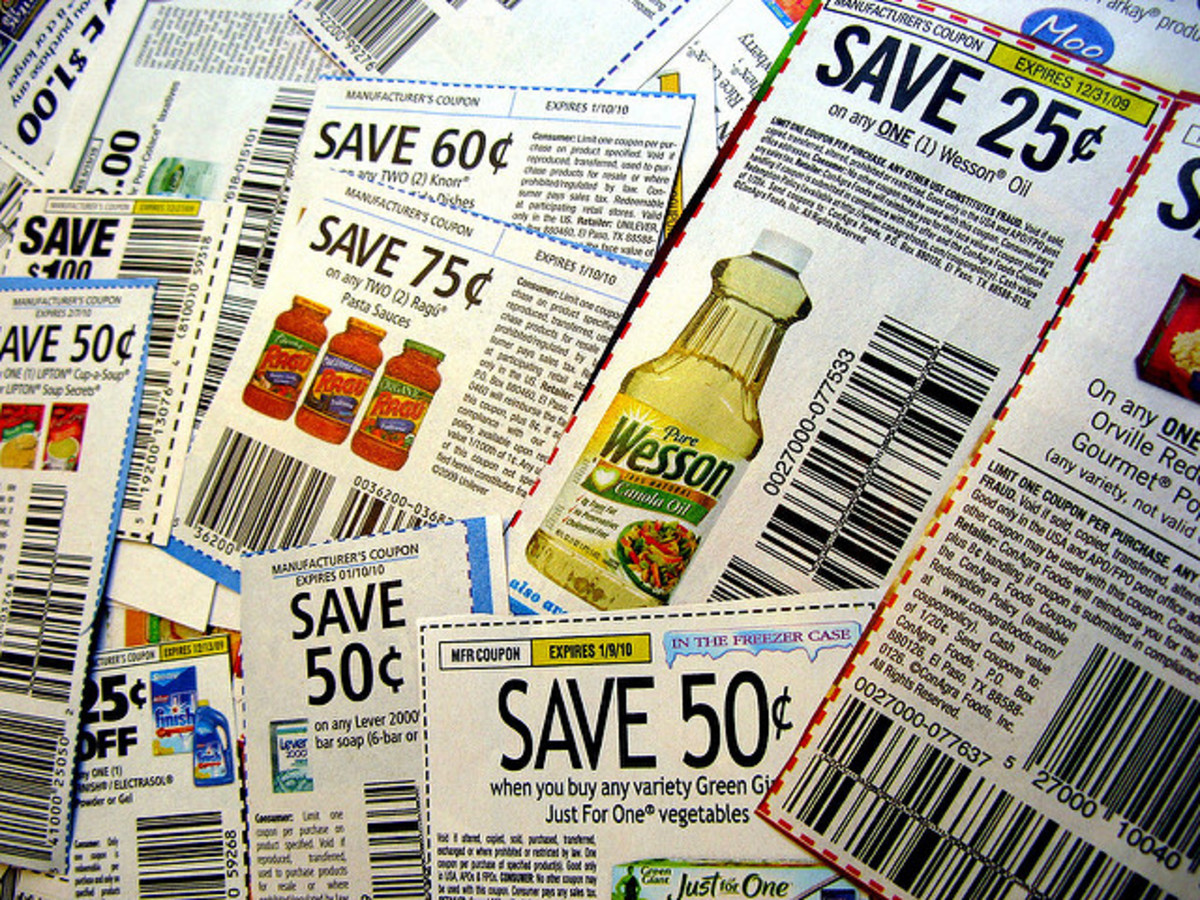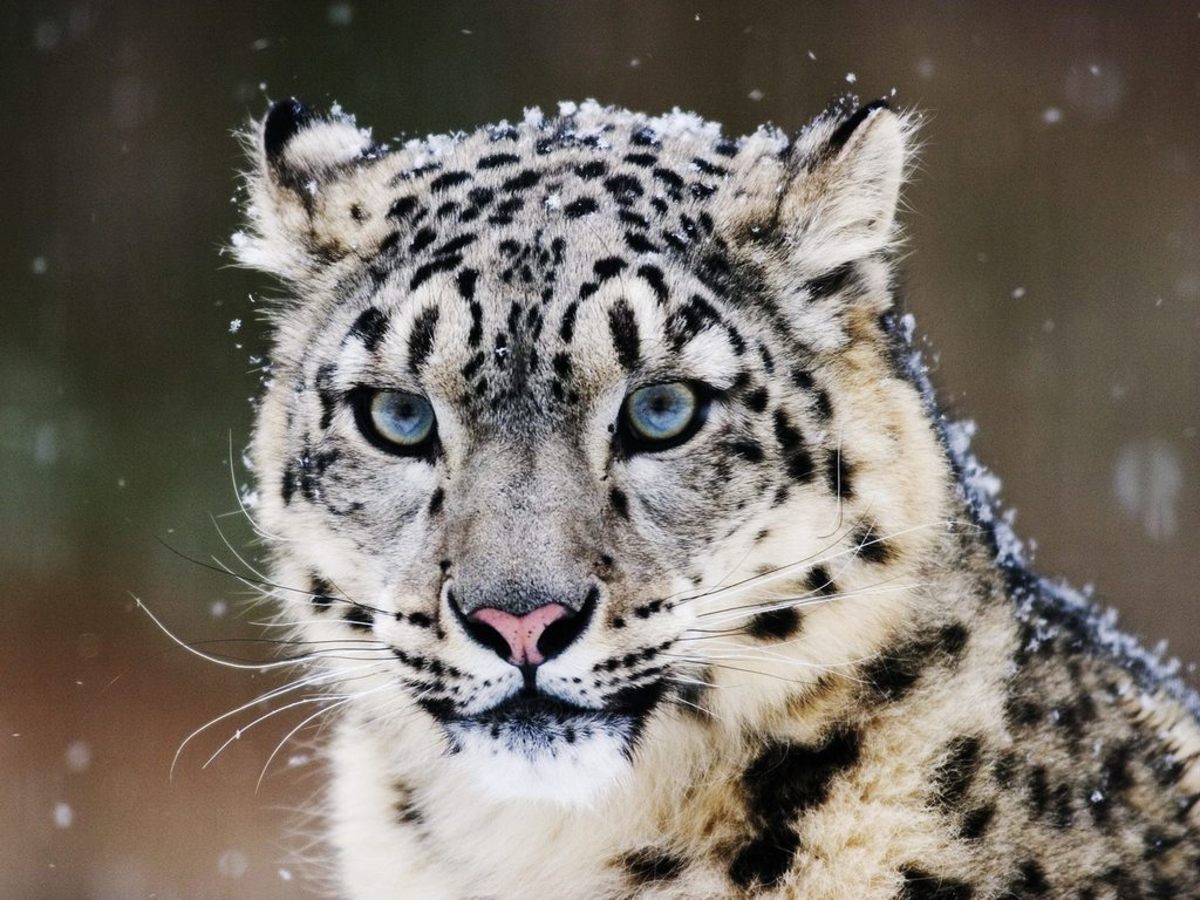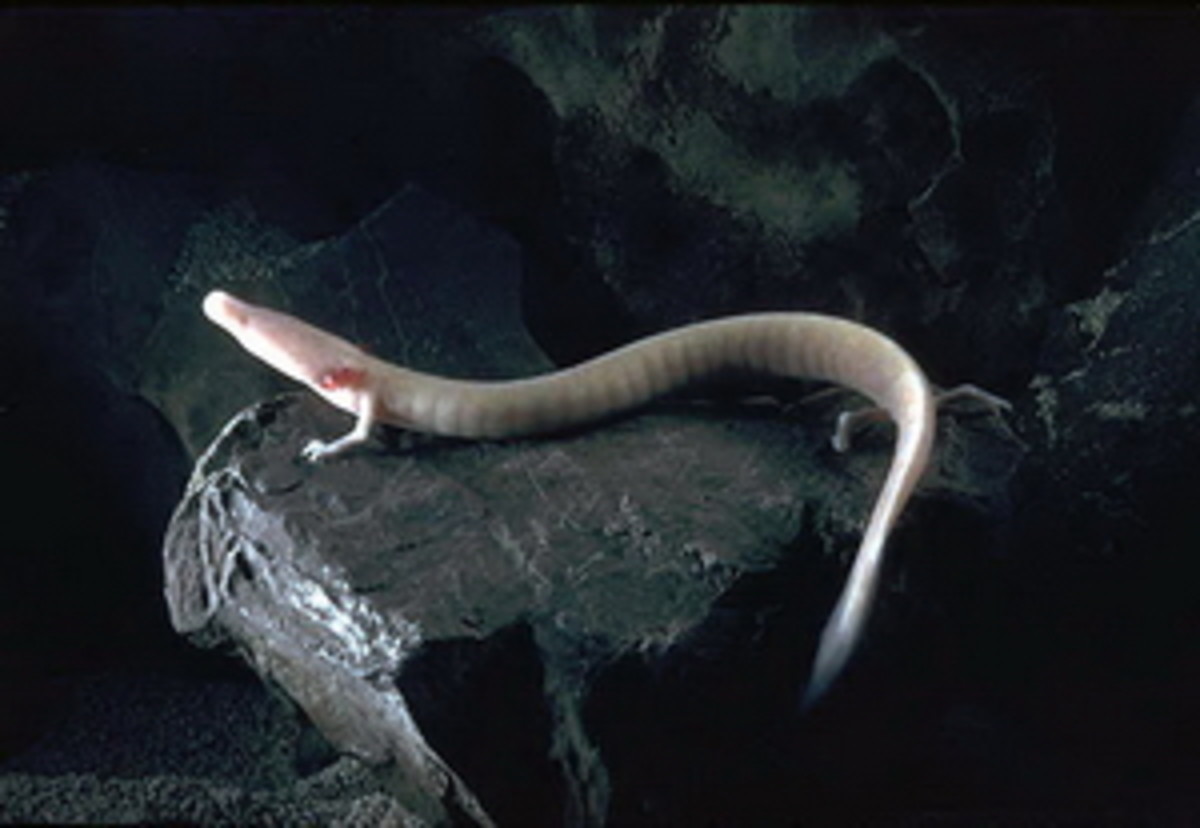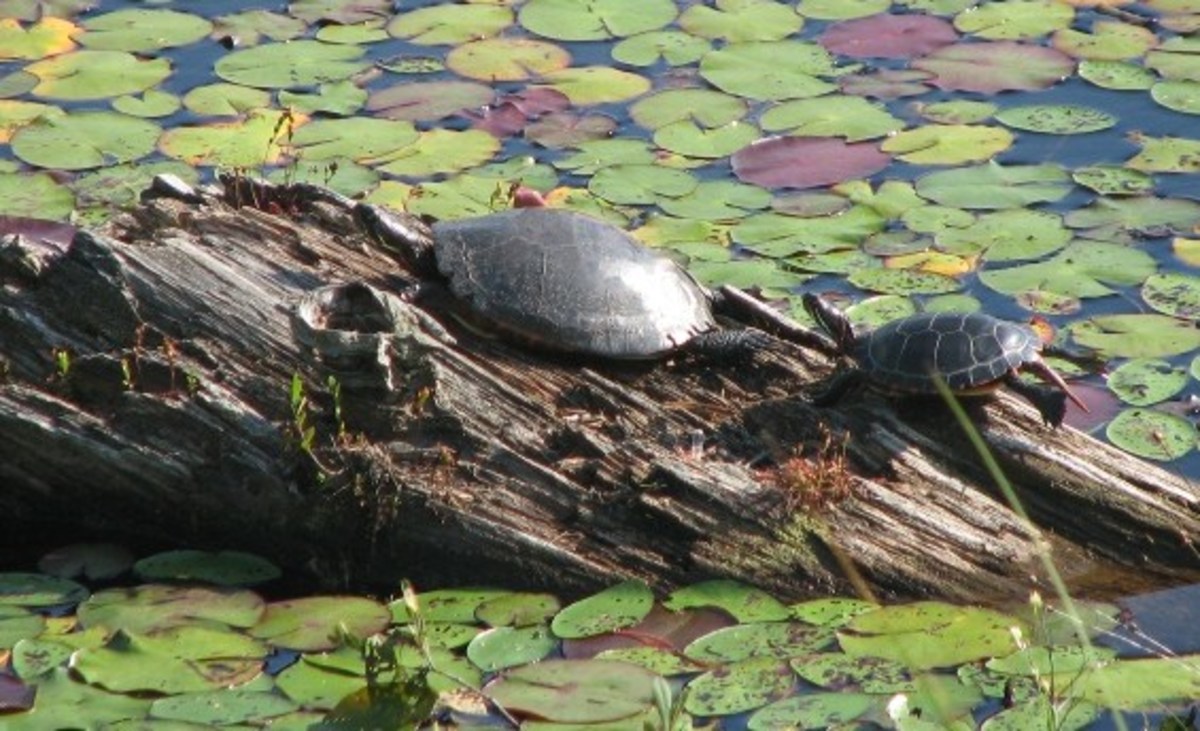- HubPages»
- Education and Science»
- Life Sciences»
- Endangered Species
Costa Concordia Disaster: Environmental Consequences
The Costa Concordia after its Collision

A Map of the Disaster Area
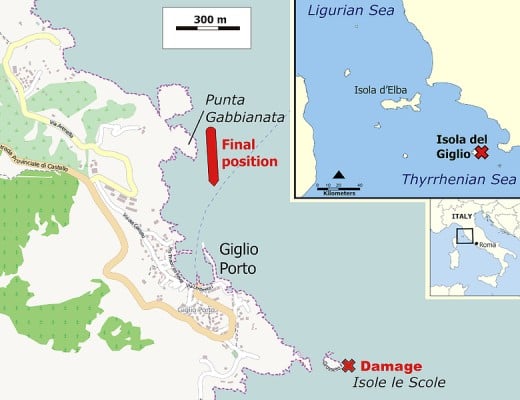
Background
On the 13thJanuary, a mere four days ago, a huge Italian cruise liner called the Costa Concordia struck a rock, only a few miles off the shore of the small Island of Giglio Porto. The impact caused the ship to tilt, forcing it to take on water, as a result, the extra weight signalled the inevitable demise, as it completely toppled over. Many people who witnessed the tragedy likened it to the Titanic Disaster, but fortunately most of the four thousand passengers and crew managed to swim to the safety of the shore. Despite this, the catastrophe still claimed the lives of eleven people and there are still twenty four people unaccounted for.
The ship’s captain, Francesco Schettino was arrested in the aftermath on suspicion of manslaughter. Apparently, when questioned by the authorities, he stated that the rocks did not appear on his maps, and also that his hi-tech navigation systems did not detect them. But that explanation seems unlikely to uphold, because the same ship made the same journey a week earlier and sailed much farther away from the Island. It has emerged that Captain Schettino took an unauthorised deviation in course, sailing far too close to the Island, apparently so that he could show off the ship to his friends and the local populace.
A Mediterranean Monk Seal

An Example of an Oil Boom

Environmental Concerns
Giglio Porto is part of the Tuscan Archipelago, and is the largest marine protected area in Italy, ‘The Tuscan Archipelago National Park’; its inhabitants include rare plants, birds and frogs. The surrounding seas are home to beautiful corals, inquisitive whales and dolphins and playful seals, including the extremely rare Mediterranean monk seal. The Costa Concordia was packed full of fuel, roughly 2400 tonnes of heavy fuel oil and 200 tonnes of diesel, a spillage would not only devastate the ecosystem; additionally because of the ships proximity to the coast, it would seriously affect the substantial human population that rely on the heavy influx of tourism which helps to boost the local economy.
Fortunately thus far, no spillage has taken place according to the WWF and the company in charge of the salvage operation, Smit. If the Diesel were to escape into the ocean then its impact would be comparatively minimal, as it would disperse fairly quickly. On the other hand, if the heavy fuel were to escape, then that would be the big killer, as it is very clumpy and sticky and disperses very, very slowly. It was heavy fuel oil that caused the sickening devastation in the Gulf of Mexico in the ‘BP Disaster’ of 2010.
Smit’s experts are already in place and have started safely extracting the ships fuel, by drilling holes at the highest and lowest points of the tanks and fitting suction valves to them. However, the ship could be at risk from the seawater itself because it exerts pressure from the bottom, thus forcing most of the oil out of the top valve; the pressure may also bring a risk of the ship breaking up from the bottom upwards, and obviously if that happens, then we have a real crisis. They estimate the process could take from two to four weeks, at the moment the sea is their friend, as it is relatively calm. There is a fear that the water could tumble the ship into deeper water, making the salvage operation all the more difficult, but this seems unlikely given the sheer bulk of the ship. Smit have made preparations in the eventuality of a spill by installing booms around the wreckage, BP applied the same methods in 2010, but proved grossly ineffective. So far, the signs appear to be quietly optimistic as the hull has remained stable and secure, Smit’s team of experts seem confident that they will be able to pump all of the fuel safely.
In the aftermath of this disaster, the question is whether the Italian government need to step in and create a law to prohibit any large vessels from passing through or close to environmentally protected areas. Environmental groups are already lobbying the government to take some sort of action, and it seems that at least one member of the government is on the environmentalists side. Environment Minister Corrado Clini is quoted as saying: ‘That’s enough; we have to stop treating these ships like they were simple ferries’.
But, as with most things in the world, business and commercialisation often dictate the rules of the play, and cruise liners have commercial imperatives to be able to go where the tourists want to go. I think it will be difficult for Minister Clini to win his argument, although he sounds quite serious about preventing any further passage through that area by massive cruise liners, we’ll just have to wait and see what happens.
Update: 27th Jan 2012
The Italian company, 'Costa Cruises' which owned the Costa Concordia has offered each passenger 11,000 euros (9,000 pounds, 14,000 dollars) in compensation. The company has also agreed to refund medical and transportation costs, as well as the original cost of the cruise. However, one consumer group called Codacons has advised the passengers to refuse the offer. They, along with two US law firms are filing a class action lawsuit against Costa cruises in the hipe that they can secure at least 160,000 dollars or 105,000 pounds for each passenger.
However, if this deal does go through, it will not cover those passengers who either lost loved ones, or who were injured, I can't understand why that is. Apparently the deal will concern 3,000 passengers from 60 countries, including 900 Italians. They are hopeful that around 85% of them will agree to the deal.
On Tuesday, the body of the 16th victim was found inside the wreck of the stricken vessel. Captain Schettino is still under close house arrest, and is still denying commiting manslaugher, even though he has been held accountable by Costa Cruises themselves for commiting 'grave errors of judgement' and executing an 'unauthorised manoeuvre'.
There is no update yet, on the progress of the extraction of the fuel and oil, so the local wildlife and people remain at risk, lets hope that the outcome is positive.
The BBC's Most Recent Report on the Disaster.
- BBC News - Costa Concordia company offers passengers compensation
The Italian firm that owns the stricken cruise ship Costa Concordia reaches an agreement on compensation with several Italian consumer groups. - BBC News - Concordia disaster: Five bodies found in cruise wreck
Italian rescuers find five more bodies in the wreck of the cruise ship Concordia, as a phone call allegedly incriminating the captain is released.
© 2012 James Kenny


